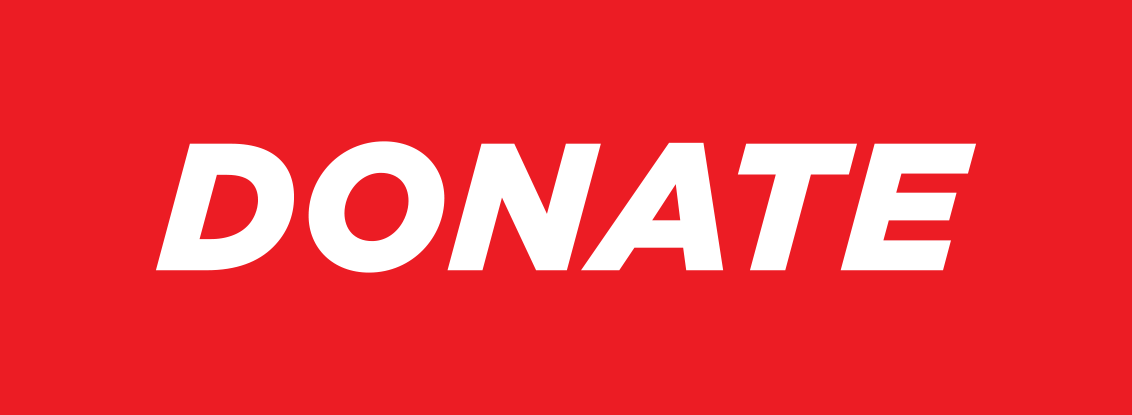|
by By JENNIFER STEINHAUER (reprinted from the NY Times, courtesy of The Emergency Coalition to Save Public Health)
The city's Health and Hospitals Corporation, strapped for cash and
desperate to find new income, has begun charging a universal fee for
prescription drugs at the pharmacies of all its public hospitals and
community clinics.
Under the new policy, which was quietly introduced last month,
patients are charged a $10 "processing fee" for each prescription
filled, with a cap of $40. There are also some exemptions.
The policy has already come under criticism from health care experts
and doctors, who say the fees will discourage the poor and uninsured -
the most frequent users of the pharmacies - from getting the drugs
they need. The critics say such patients will end up in the hospitals'
already overcrowded emergency rooms as their untreated conditions
become serious.
Previously, the corporation allowed its 11 hospitals and 6 clinics to
decide whether or not to set a fee, and what that amount should be.
Elmhurst Hospital Center in Queens, for example, charged $10 per
prescription with a cap of $30. At Gouverneur Diagnostic and Treatment
Center in Lower Manhattan, there were no fees at all.
Dr. Luis R. Marcos, president of the Health and Hospitals Corporation,
said the systemwide fee was just one of many measures being taken to
stave off the $313 million deficit the corporation expects to face
this fiscal year. "The corporation has reached its limit of providing
health services for which no one is willing to pick up the tab," he
said. "I believe it is fair to ask patients who can afford it to pay
for prescriptions."
The new policy does not affect those who obtain medication during
hospital stays or during an emergency room visit. Also exempt are
those in public programs for AIDS or prenatal care, those with
tuberculosis or teenagers who receive oral contraceptives.
Patients with insurance, including Medicaid, are to pay their
prescription program's lowest co-payment, which in many cases may be
lower than the $10 fee. Dr. Marcos said he hoped this would encourage
uninformed or reluctant patients to apply for Medicaid, which has
become the corporation's main source of steady income. Some patients
and advocates for the poor say there have been problems with the new
policy, including a shortage of financial counselors who are supposed
to help patients enroll for Medicaid or negotiate for lower fees.
"We did an observation at seven hospitals and two treatment centers
and observed long lines to see a counselor," said Judy Wessler,
director of the Commission on the Public's Health System, a health
care advocacy organization.
Several patients said they were told that they must pay amounts above
the $40 cap, and were turned away when they said they did not have the
money - even though the policy states that no patient is to leave
empty handed because of inability to pay.
Celeste Almonte, for instance, left Gouverneur a week ago without any
of her medications, including those for diabetes and asthma, because
she said she was told her fee was $50. Ms. Almonte, who is 55 and on
Medicare, has no pharmacy benefit. She has a month of drugs left and
said that she had no idea how she would get her next batch. "What a
pity," Ms. Almonte said. "It is too much money for me."
Confusion over the specifics may spring in part from the way hospitals
are informing patients about the policy. At the clinic at Gouverneur,
a sign in the waiting room explained that a $10 fee would be imposed
and that financial counselors would be available. But it did not
mention the medical conditions and drugs that are exempt from the
policy, or other payment options. Other patients learn of the policy
only at the systems' pharmacy counters.
The corporation said it was working to inform patients better. Each
hospital is now sending out explanatory letters, and is working to
improve waiting-room communication. Dr. Marcos said that he had not
heard about centers overcharging or turning patients away empty
handed. He also said that financial counselors were available during
all hours that clinics were open.
For the past five years, the corporation balanced its budget through
cost cuts and other moves, but has been hammered with an increasing
load of uninsured patients, coupled with reduced payments from
government and private insurance programs. In 2000, 564,476 uninsured
patients came through its health care centers, a 30 percent increase
from 1996. In the same period, Congress reduced Medicare
reimbursements to hospitals, while Medicaid reimbursements to primary
care clinics remained basically unchanged, and drug costs increased 16
percent between 1999 and 2001.
But others argue that the new policy may compromise public health,
citing studies that show that the poor often forgo medications and
health care when costs increase. "Almost all the research that has
been done suggests that the health impact of a drug co-payment policy,
particularly for poor and elderly people, is adverse," said Dr. Jan
Blustein, an associate professor of health policy and management at
New York University. Dr. David Stevens, a doctor at Gouverneur, said
that some patients with chronic illnesses have run out of medicine
since the policy was introduced, and may end up in emergency rooms as
their conditions worsen.
Some health care policy experts suggest that the corporation seek
other options, like drug formularies, which limit doctors to
lower-cost brands. Others believe payments should be made on a sliding
scale, as clinic visit fees are. Dr. Marcos said the corporation was
developing a formulary system, but added that doctors and drug
companies frequently put up considerable obstacles.
| 



